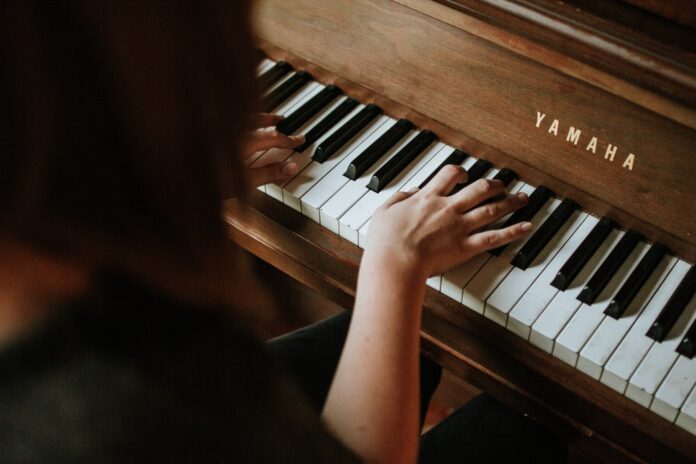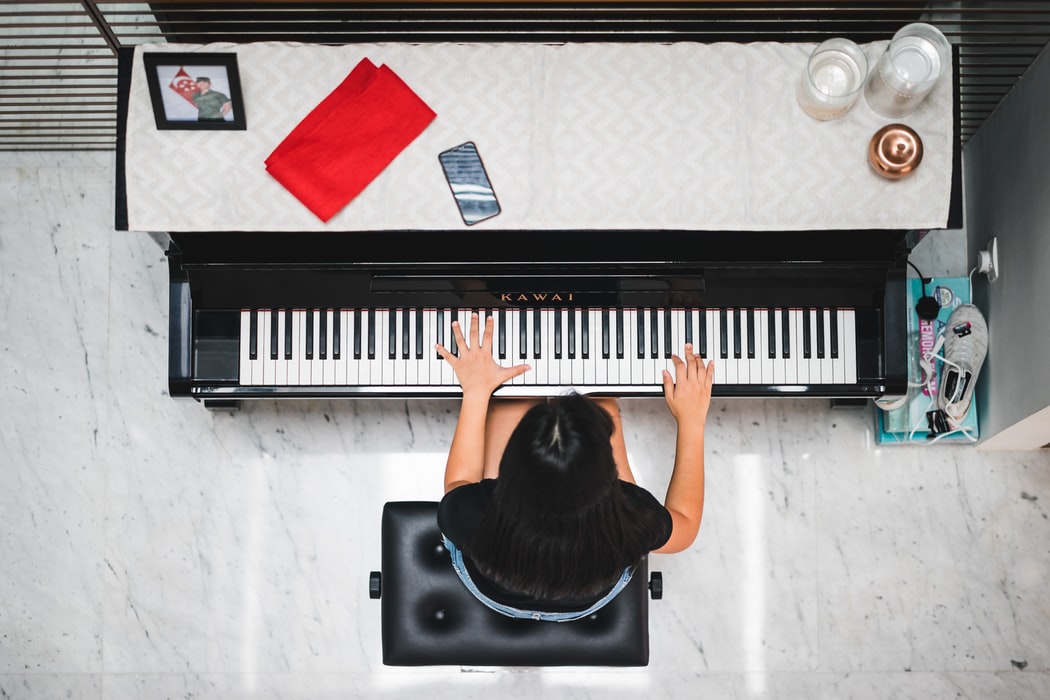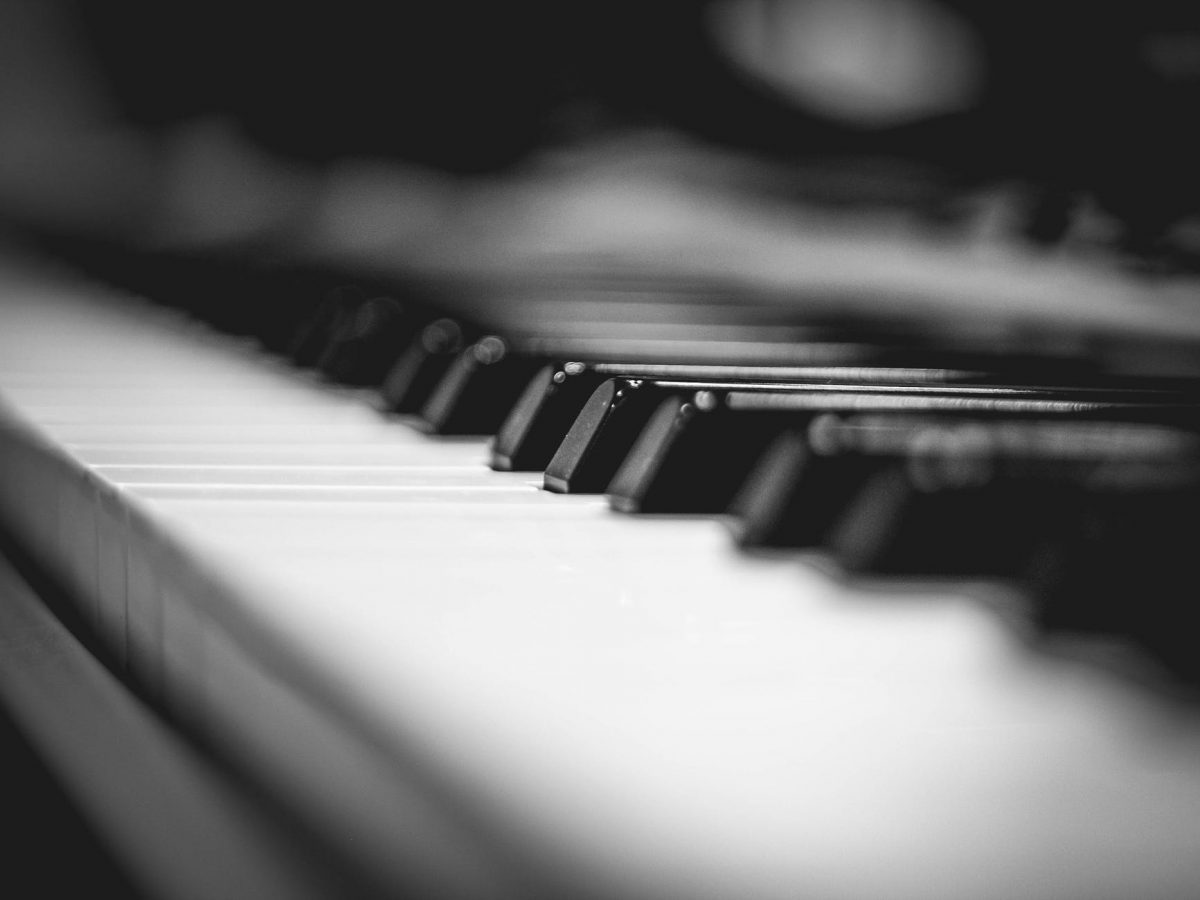
The piano is one of the most popular and significant musical instruments in music. It is very easy for people to make costly assumptions about the musical instrument. You might have heard a lot of these assumptions and believed some. These assumptions become myths. Thus, the myths are almost limitless when it comes to the piano.
These piano myths are capable of limiting how good one can be. Learners and enthusiasts need to know what is right and what isn’t. This is how they can work hard towards being the best they can be without the boundaries of unfounded assumptions. Let’s uncover some of these myths about the piano.

You must have long fingers to play the piano well
If this is true, how did Chopin, Mozart, Liszt, and many other child prodigies cope? These legends were proficient pianists before they became teenagers. With their feet barely touching the ground and the short children fingers, they played the piano well. The truth is, irrespective of the length or shape of your fingers, you can be an excellent pianist if you set out to be one. Of course, long fingers might be favourable to hit some chords or play some pieces with notes farther apart than an octave. This does not make those with shorter fingers any less good pianist. Improvisations are allowed in music, so you do not have to settle for less because you have short fingers
You can only be good if you learnt as a child
Many people say the best age to start learning the piano is between 6 and 8 years. They believe the child’s mind is still malleable and can be easily shaped. On the other hand, they say adults have a lot more things on their minds, and their brains are more rigid. However, it is never too late to learn to play the piano.
An adult learner with the devotion of a child can learn quickly too. Definitely, the adult will require some more efforts than the child. You can enrol for adults piano lessons at LVL Music Academy if you really want to learn the piano. Be consistent and do away with distractions. You will look like you have been playing for decades in a few years.
You must rehearse for long hours to be a good pianist
Many people place longer practice sessions over consistency. This is very wrong. What makes a person a good pianist is not the number of hours they spend training at a go but how consistent they are. Once a learner has the right learning tools (with a tutor), and some time to rehearse consistently, they would be better than others who claim to rehearse for long hours without consistency.
Lack of consistency means you tend to forget the things you have mastered before. The longer one rehearses, the less efficient one is. Your productivity will definitely drop along the line, and you might end up just wasting your time. Once you know your limits, just stick with it. Create the habit of rehearsing consistently.

Don’t look at your hand when you play
Many people think that good pianists should not look at their hands when they play. They expect good pianists should only have their eyes on the piece before them and the conductor. This is very incorrect. Even professional pianists still look at their hands from time to time when they play at concerts.
Okay, just imagine there is no sheet music in front of you. Where are you going to look at when you play? Do you just stare blankly at where the sheet is meant to be? By the way, looking at your hands has some benefits. It helps you visualize the music better and embed the needed emotions. These are qualities of good pianists. Looking at your fingers dance lightly on the keys enables you to connect to the music better – and you enjoy it more.
Start learning a new piece from the beginning and continue to the end
Most music compositions have relatively easy beginnings. Often, the more challenging part is buried somewhere in the middle of the piece or towards the end. While it looks right to start from the beginning of the piece – which is a more straightforward part – it might not be the best plan. Here is why.
When you learn the easy part first, you tend to play it more and master it more until you get to the more difficult part. Meanwhile, the challenging part is still very much ahead. Learning the hard part first (wherever it is in the piece) will make you rehearse that part more.
Once you spend time learning the most challenging part of the piece, the rest of it becomes relatively easier. And since you have to play the challenging part over and over again, it makes you get better. When next you are to play a piece, do not run away from those parts – the parts with the dotted semiquavers and where too many things happen at once. Instead, that bar is the best place to start learning the piece.

Conclusion
It was essential to uncover these myths to remove any limitations to you becoming an excellent pianist. You are not too old to learn to play the piano beautifully well, neither are your fingers too short. Long hours of rehearsals do not necessarily make you a better pianist. All you need is consistency with your practice. Remember to start learning the piece from the more challenging parts.
So, there you go with 5 of the commonest myths about the piano. No myth should stop you from becoming the best pianist you can ever be.
















